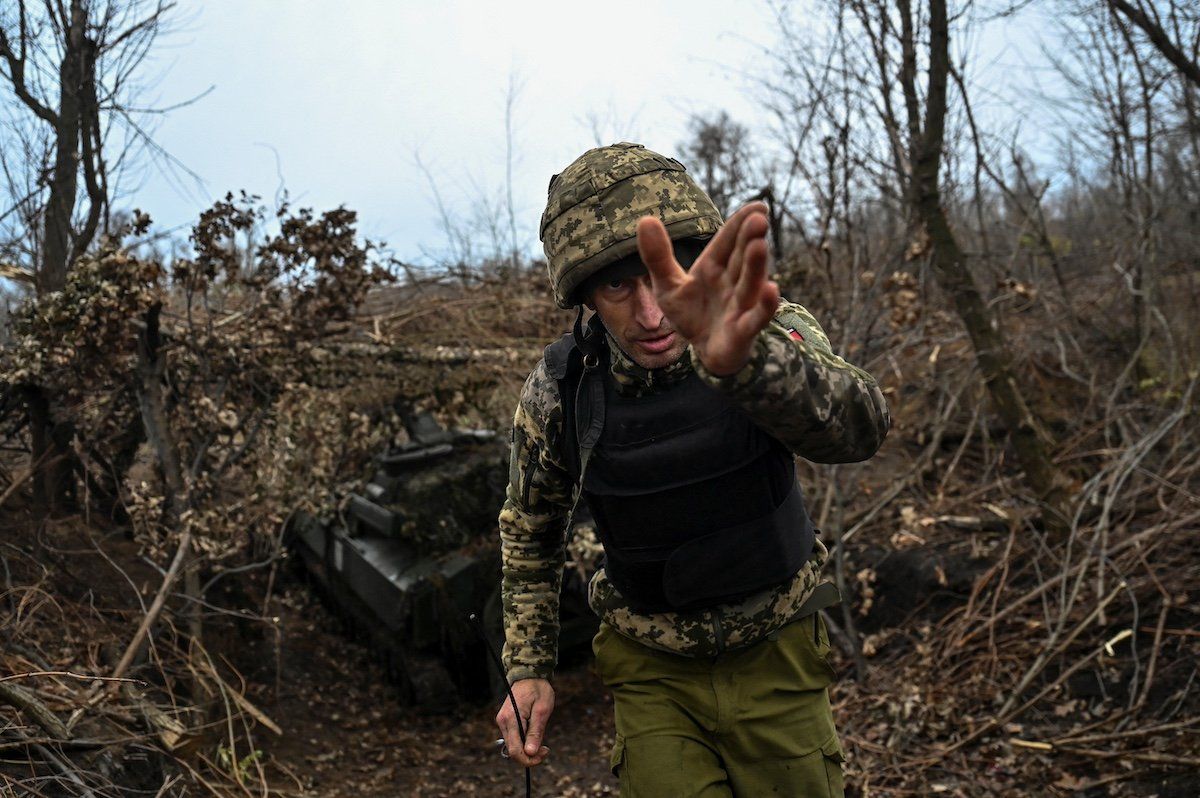Ukrainian troops have crossed the vast Dnipro River and established a bridgehead on the eastern shore, a significant breakthrough after months of agonizingly slow progress in Kyiv’s counteroffensive. If they can hold – and it’s a big “if,” as a Russian regional official says “a fiery hell has been arranged” for Ukrainian troops – the largest geographic barrier on the road to Crimea will be at their backs.
The lay of the land: The Dnipro is the longest river in Europe, and flows in a gentle north-south curve along the entire length of Ukraine. It empties into the Black Sea just southwest of Kherson, which Ukrainian troops liberated a year ago, and controls access thence to the Crimean peninsula, a major symbolic and strategic objective for Kyiv.
Ukrainian troops appear to have secured control over a strip of riverfront between Kherson and the strategic village of Krynky about 24 miles east-northeast. Porting the heavy equipment they’ll need to keep up the attack across the Dnipro is challenging, with most of the bridges in the region long-since destroyed, but a temporary bridge near Krynky, where the Dnipro is narrowest, could change the equation.
Don’t expect a rapid breakthrough: Even if Ukrainian troops do manage to bring over the armor and weapons they need to advance, Russia has multiple lines of prepared defenses to
fall back upon. There are no easy countermeasures to the minefields and long-range strikes that have stymied Ukrainian progress since the summer. That said, successfully pulling off one of the toughest maneuvers in modern warfare could represent a morale victory, challenging notions that the conflict has ossified into a “stalemate,” as Ukrainian Commander-in-Chief Valerii Zaluzhniy put it recently.
